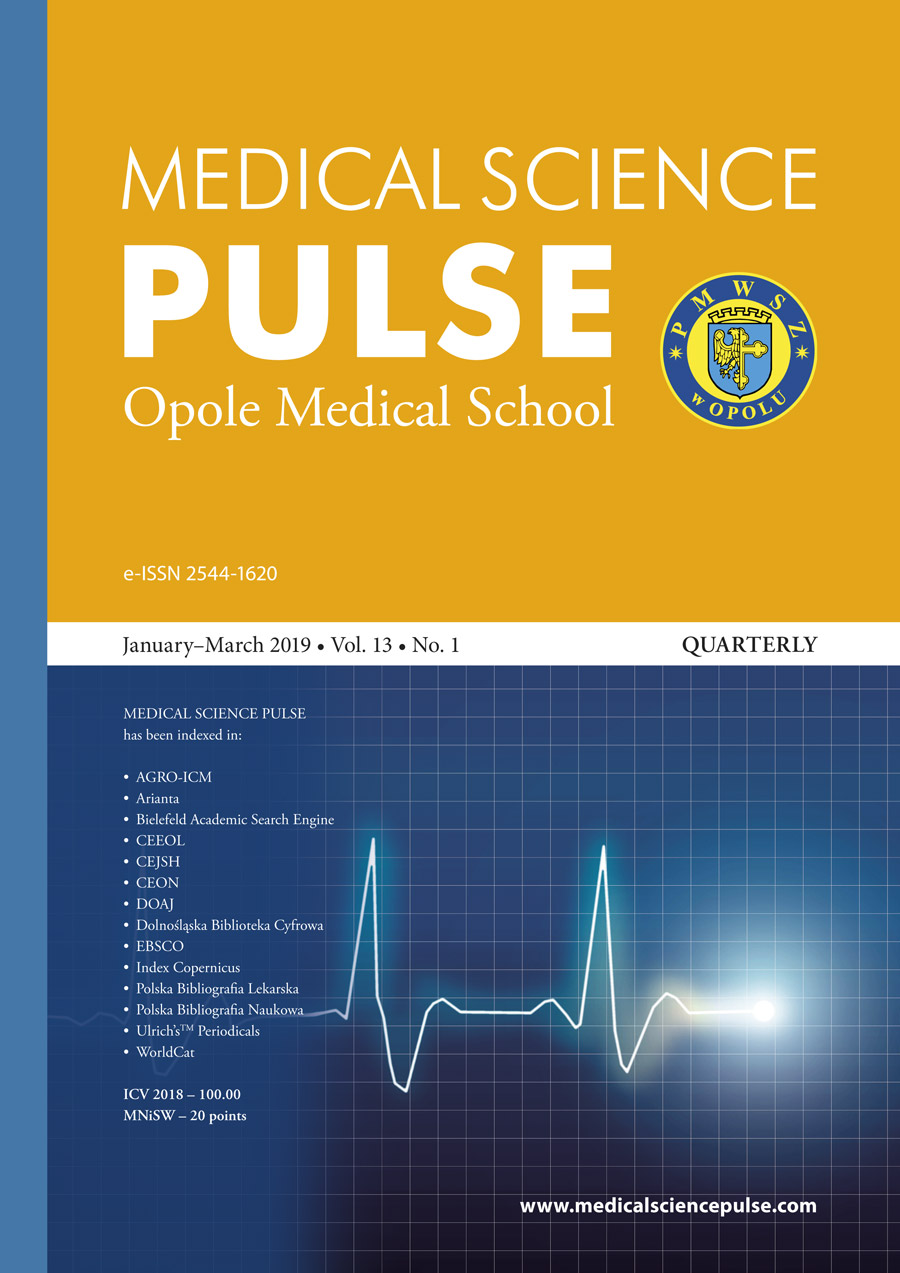Peri- and post-operative results of initial robot-assisted radical prostatectomies of a surgeon graduating from a structured fellowship
Peri- and post-operative results of initial robot-assisted radical prostatectomies of a surgeon graduating from a structured fellowship
Author(s): Paweł Salwa, Wojciech KielanSubject(s): Health and medicine and law
Published by: Państwowa Medyczna Wyższa Szkoła Zawodowa w Opolu
Keywords: adical prostatectomy; prostate cancer; lerning curve; robot assisted radical prostatectomy
Summary/Abstract: Background: No validated training curriculum for robotic surgery exists so far. International scientific societies like ERUS (EAU Robotic Urology Section) seek to validate a structured training program for robotic surgeons. In 2014, ERUS launched Pilot Study II, a 6-month structured training program to allow a surgeon without prior robotic training to perform a complete RARP (robot-assisted radical prostatectomy) independently and effectively. Aim of the study: Here we report the detailed courses and training materials, specific surgical activities and perioperative efficacy and safety results of the first 52 RARP cases performed by a single surgeon after graduating from Pilot Study II. The aim is to compare these results with the literature and show if this sophisticated training helps patients undergoing this type of surgery achieve advantageous perioperative results. Material and methods: The fellowship was conducted from January to June 2014 and consisted of lectures on technical and non-technical skills, as well as e-learning, bedside assistance (at least 20), intensive training consisting of laboratory training (i.e., virtual reality simulation, dry lab (plastic model), wet lab on animal cadavers and living anaesthetized pigs) and dual-console live surgery followed by five months of modular training, where the trainee performed different steps of the surgery at the host center. After passing the final evaluation (a full recorded video of RARP evaluated blindly by robotic experts), the trainee was deemed capable of performing efficiently and safely a full case of RARP. Here we retrospectively report the content of training and perioperative results of the surgeon’s initial 52 RARPs performed from July 2014 to April 2015. Results: After graduating from the fellowship, the surgeon performed 52 cases of RARP. The mean patient age was 65.2 years, initial PSA 12.9 ng/ml, prostate volume 43.7 ml in TRUS, BMI 27.5, and 61% of patients had a prior abdominal or pelvic surgery. Because of internal regulations, every patient had a pelvic lymphadenectomy performed, three of whom had positive lymph nodes. The average estimated blood loss was 225.7 ml, and no patient needed intraoperative blood transfusion. The average console time was 174.2 minutes. Final full-mount pathology identified 23 patients (44.2%) with a locally advanced prostate cancer (T3 or T4). Positive surgical margins were present in three cases. A further 29 patients (55.8%) had locally confined disease (T2). Positive surgical margins were observed in 2 cases. Catheters were removed on the 5th postoperative day followed by a cystogram, with no urine leakage observed in 96.2% of cases. The safety of the procedure was good with one major (Clavien 4) and 13 minor (Clavien 1 and 2, i.e., uncomplicated urinary infection, urinary retention) complications. Conclusions: The study showed that graduating from an intensive and structured learning program in robotic surgery resulted in a faster learning curve, allowing the trainee to reach high safety parameters in performed surgeries. When compared with already published series, advantageous results could be observed. The study was limited by its retrospective design, the moderate number of patients and variables such as individual motivation, dexterity and attitude of the person in training. The advantages of such training should be further evaluated in controlled, multi-center trials.
Journal: Medical Science Pulse
- Issue Year: 13/2019
- Issue No: 1
- Page Range: 17-21
- Page Count: 5
- Language: English

